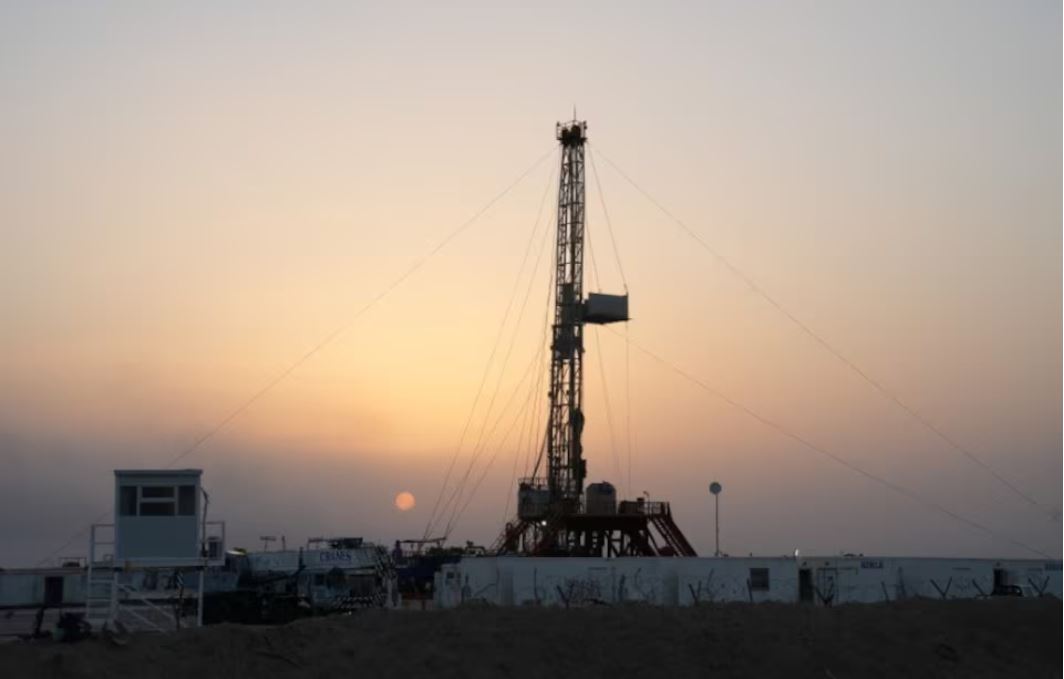Oil markets experienced a downward trend on Monday as two key factors dampened investor sentiment: the diminishing threat of supply disruptions from a storm in the U.S. Gulf of Mexico and disappointment over China’s latest economic stimulus measures. The combination of these factors has put pressure on global oil prices, highlighting the complex interplay between weather events, economic policy, and energy markets.
Brent crude futures declined by 31 cents, or 0.4%, reaching USD 73.56 per barrel during early trading hours (0340 GMT), while U.S. West Texas Intermediate crude futures dropped 38 cents, or 0.5%, to USD 70 per barrel. These declines follow a significant drop of more than 2% in both benchmarks the previous Friday.
The market’s reaction to China’s stimulus package, announced at the National People’s Congress (NPC) standing committee meeting, was notably tepid. IG market analyst Tony Sycamore noted that the measures fell short of market expectations, with particularly vague forward guidance regarding housing and consumption stimulus measures.
ANZ analysts provided additional insight, suggesting that Chinese policymakers may be deliberately maintaining a conservative approach to assess the potential impact of policies from the incoming U.S. administration. They anticipate more substantial pro-consumption countercyclical measures might be announced at the upcoming Politburo meeting and Central Economic Work Conference in December.
The situation in China is particularly significant given its historical role as the primary driver of global oil demand growth. However, the country’s oil consumption has remained surprisingly stagnant in 2024, affected by multiple factors:
- Slower economic growth
- Declining gasoline consumption due to electric vehicle adoption
- A shift from diesel to liquefied natural gas in the trucking sector
In the U.S. Gulf of Mexico, the threat from storm Rafael has begun to subside, though its impact remains significant. According to the offshore energy regulator, more than 25% of oil production and 16% of natural gas output in the region were still offline on Sunday. However, major energy companies are already moving to resume operations, with both Shell and Chevron announcing plans to redeploy personnel to their Gulf platforms.
Looking ahead, the oil market faces uncertainty from multiple directions. The potential policies of President-elect Donald Trump have created some ambiguity in the global economic outlook. However, expectations that his administration might tighten sanctions on OPEC producers Iran and Venezuela contributed to last week’s more than 1% price gain, as such measures could reduce global oil supply.
Despite these challenges, the U.S. domestic market shows some positive signs. Refiners are expected to maintain high operational levels, running their facilities at over 90% of crude processing capacity. This robust utilisation rate is driven by low inventory levels and improving demand for both gasoline and diesel, according to industry executives and experts.



